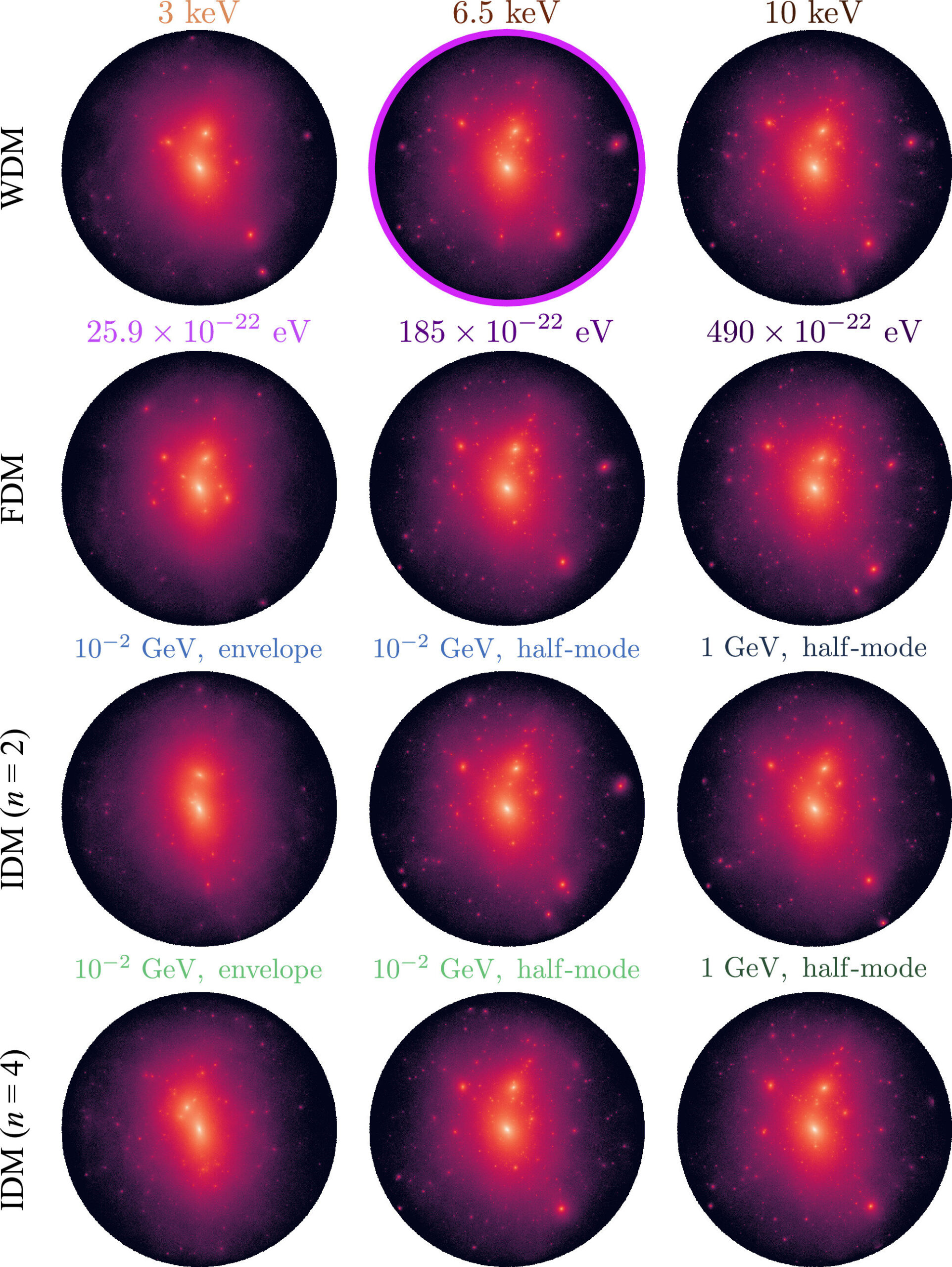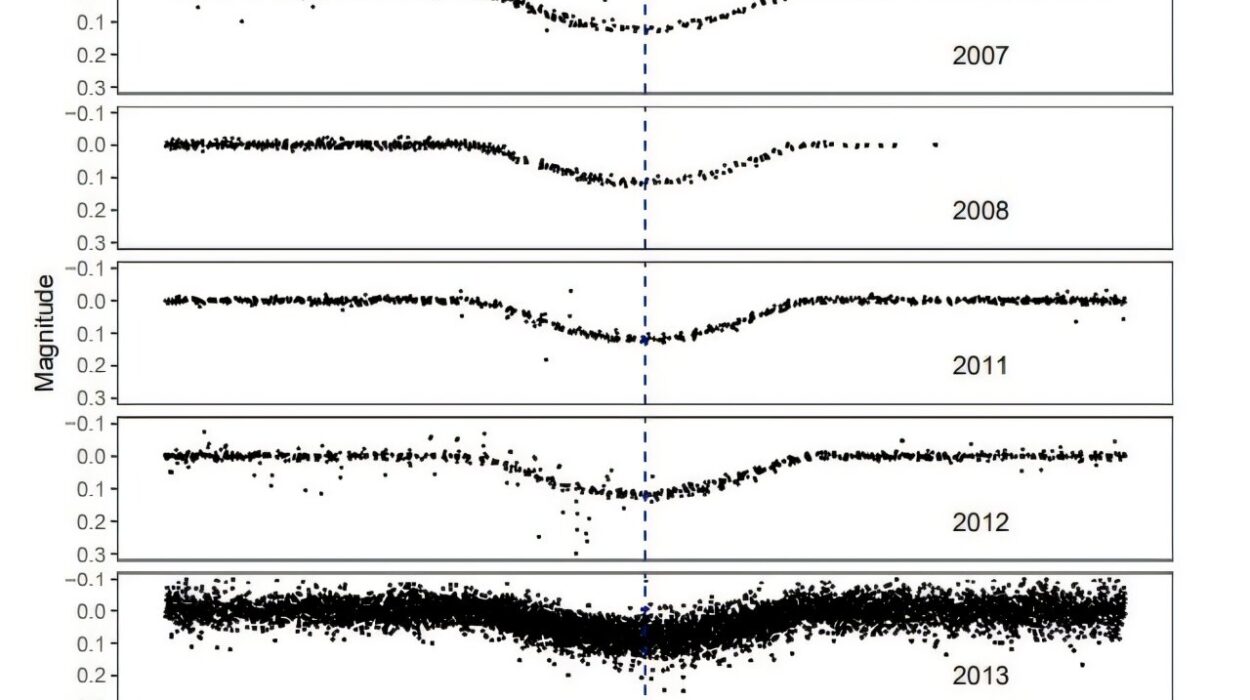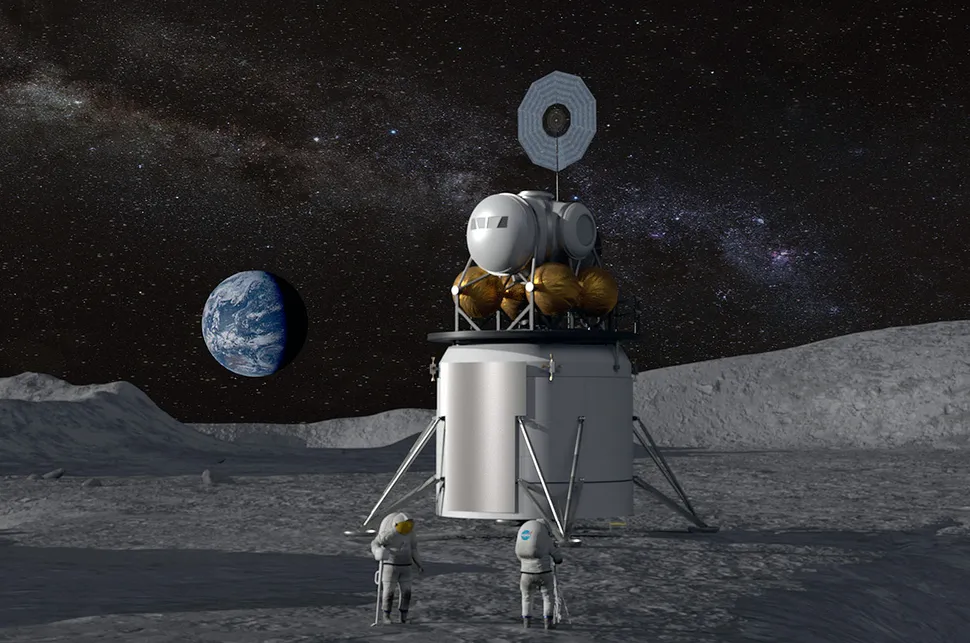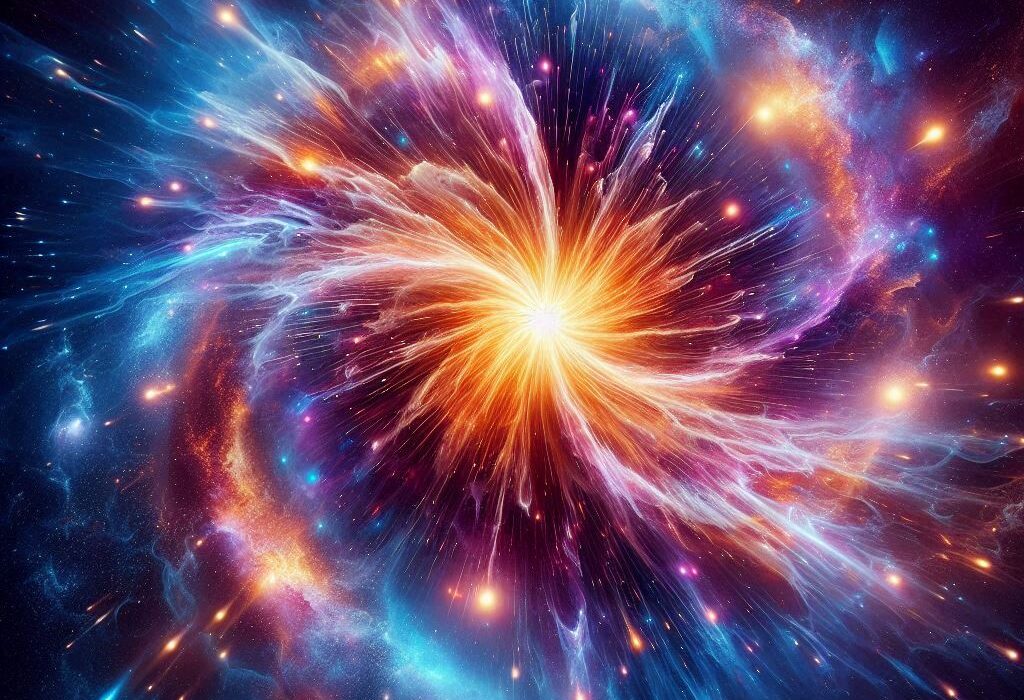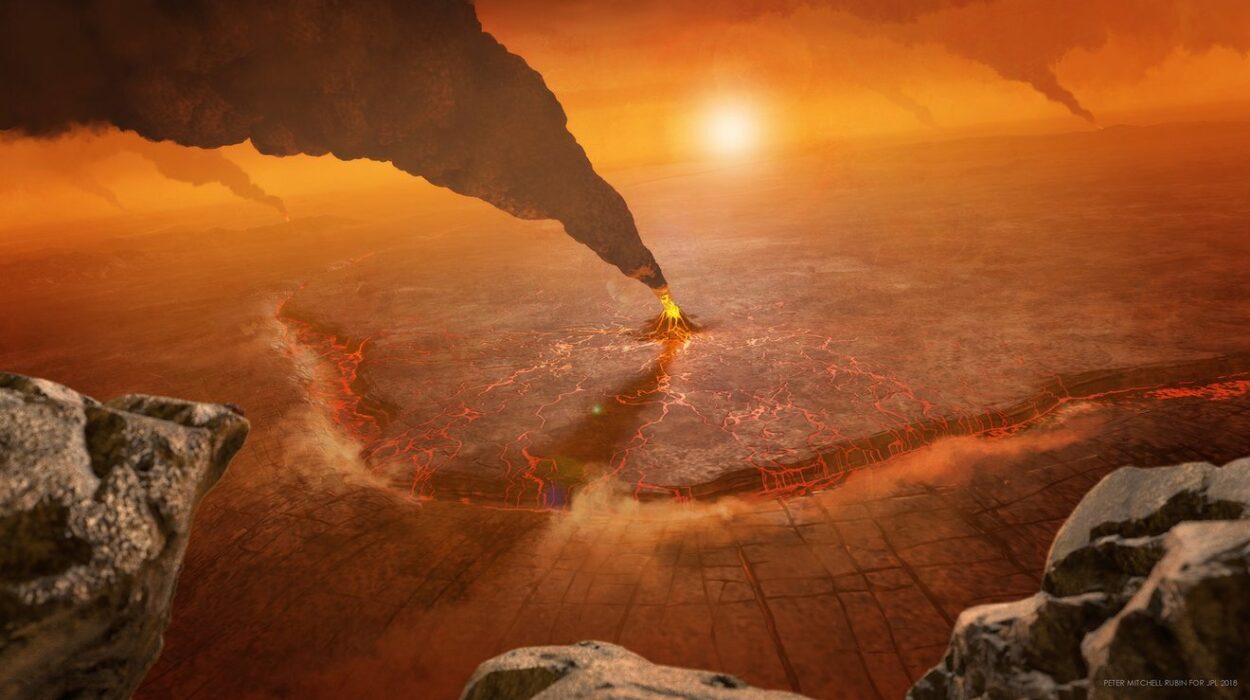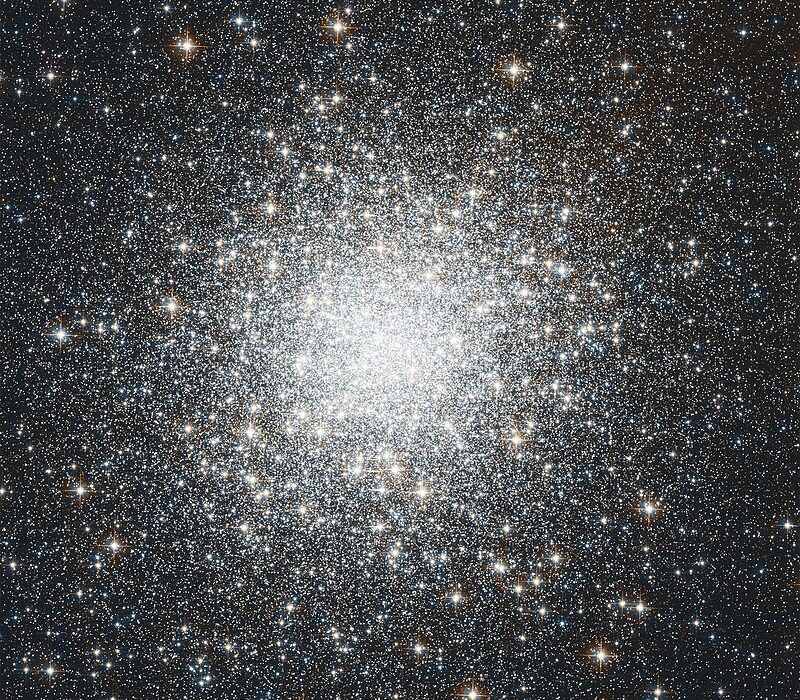Some of the universe’s greatest mysteries are hidden in plain sight.
Dark matter—an invisible substance that outweighs everything we can see in space—makes up nearly 85% of the total matter in the cosmos. And yet, it emits no light, casts no shadow, and has never been directly detected. It’s the scaffolding that holds galaxies together, including our own Milky Way, and its invisible hand shapes the universe at every scale.
Now, for the first time, scientists may be one step closer to understanding this cosmic ghost. A team of researchers, led by cosmologist Vera Gluscevic of the University of Southern California, has created supercomputer-generated “twins” of the Milky Way—full-fledged simulations of galaxies governed by different theories of how dark matter behaves.
Their ambitious project, called COZMIC (short for Cosmological Zoom-in Simulations with Initial Conditions beyond Cold Dark Matter), could revolutionize our understanding of how dark matter works, how it interacts with normal matter, and ultimately, what it is.
The team’s findings are published in a trio of groundbreaking studies—COZMIC I, II, and III—in the Astrophysical Journal.
Simulating the Shadows of the Universe
For decades, dark matter has perplexed scientists. We know it’s real not because we can see it, but because of how it affects everything around it. Galaxies spin so rapidly that without an unseen gravitational glue, they would tear themselves apart. That invisible glue is dark matter, first hinted at in 1933 by Swiss astronomer Fritz Zwicky.
Yet despite its massive influence, dark matter doesn’t emit or absorb light. It doesn’t interact with electromagnetic energy. It’s like trying to understand the wind by watching the trees sway—except in this case, the trees are entire galaxies.
That’s where COZMIC comes in.
“We’re finally able to ask, ‘Which version of the universe looks most like ours?’” said Gluscevic. “With COZMIC, we’re simulating galaxies under radically different laws of physics—some of which include new types of dark matter behavior we’ve never tested this way before.”
Alongside Gluscevic, the team includes former USC postdoc Ethan Nadler, now at UC San Diego, and Andrew Benson of the Carnegie Observatories, among others from institutions including UC Riverside, UCLA, and Purple Mountain Observatory in China.
Creating Milky Way Doppelgängers
Using some of the world’s most powerful supercomputers, the COZMIC project simulates galaxies like our own under different assumptions about how dark matter might behave. These simulations are not just visual models—they’re mathematical universes, coded down to the smallest physical interactions and allowed to evolve over cosmic time.
Each simulation begins shortly after the Big Bang, setting in motion the expansion of space, the formation of stars and galaxies, and the gravitational forces that sculpt the cosmic web.
Then, the researchers vary the properties of dark matter: What if it occasionally bumped into regular matter, like billiard balls on a cosmic table? What if it only interacted with itself? What if it moved faster or slower than we expect? COZMIC tests these questions in full-scale, realistic galaxies.
And critically, these simulated galaxies are compared to what we actually observe through telescopes—offering a new, more precise way to rule out or support different theories.
What If Dark Matter Behaved Differently?
The COZMIC team tested several possible dark matter behaviors, each more nuanced and physically plausible than the standard “cold dark matter” model that assumes particles are massive, slow, and non-interacting.
In the “billiard-ball” model, dark matter particles slam into protons early in the universe’s history. This model smooths out small cosmic structures and eliminates the smallest galaxies that might otherwise orbit the Milky Way.
The “mixed-sector” model suggests that some dark matter particles interact with normal matter while others do not—painting a more complex, hybrid picture of the dark sector.
The “self-interacting” model allows dark matter to affect itself, reshaping how galaxies form not just in the early universe, but across cosmic history.
Each scenario produced a Milky Way that looked slightly different. Some were smooth and simple. Others were craggier, or more haloed with satellite galaxies. The comparison to actual galaxies—particularly the smallest and faintest ones—is key.
“Observations of the smallest galaxies can be used to distinguish dark matter models,” Nadler explained. These faint, often overlooked galactic companions are especially sensitive to the invisible forces of dark matter and may be the universe’s best litmus test for its nature.
A New Era of Testing the Invisible
What makes COZMIC truly revolutionary is that it includes interactions between dark matter and normal matter, something previous simulations largely ignored.
“Such interactions are not exotic or implausible,” said Gluscevic. “They are, in fact, likely to exist. But until now, we haven’t had the tools to test them at the galaxy level.”
With COZMIC, those tools now exist. And the team is already planning the next phase of research: matching the behavior of their simulated galaxies to real data from cutting-edge telescopes. If the predictions of COZMIC align with observations of faint galaxies around the Milky Way or other galactic systems, it could point directly toward the true nature of dark matter.
“These simulations let us measure the possible masses and quantum properties of dark matter particles,” said Gluscevic. “We can now begin to understand how they might interact with everything else in the universe.”
Why This Matters
The quest to understand dark matter is not just an academic pursuit—it’s central to understanding what the universe is made of, how it evolved, and what its future holds. Every galaxy, every star, every planet—including Earth—exists within the gravitational framework built by dark matter.
Until we understand that framework, we’re only seeing half the picture.
By simulating possible universes and comparing them with our own, COZMIC offers a kind of scientific time machine and crystal ball in one. It brings us closer to solving a mystery that has loomed for nearly a century.
“It’s like finally being able to examine the person casting the shadow, rather than just the shadow itself,” said Benson.
In the coming years, as new space observatories like the Vera C. Rubin Observatory and NASA’s Nancy Grace Roman Space Telescope come online, the team hopes to put their simulations to the ultimate test—searching for subtle signatures of dark matter in the cosmos.
From Shadows to Substance
For now, dark matter remains invisible. But with projects like COZMIC, the outlines are becoming clearer.
We may not yet be able to hold a dark matter particle in our hands. But by simulating galaxies where dark matter behaves differently—and seeing how those galaxies match our own—the scientists behind COZMIC are helping the world take a bold step into the invisible.
It’s a reminder that some of the most powerful forces in the universe are not the ones we can see—but the ones we’re just beginning to understand.
Reference: Ethan O. Nadler et al, COZMIC. I. Cosmological Zoom-in Simulations with Initial Conditions Beyond Cold Dark Matter, The Astrophysical Journal (2025). DOI: 10.3847/1538-4357/adceef
Rui An et al, COZMIC. II. Cosmological Zoom-in Simulations with Fractional non-CDM Initial Conditions, The Astrophysical Journal (2025). DOI: 10.3847/1538-4357/adce83
Ethan O. Nadler et al, COZMIC. III. Cosmological Zoom-in Simulations of Self-interacting Dark Matter with Suppressed Initial Conditions, The Astrophysical Journal (2025). DOI: 10.3847/1538-4357/adce82
